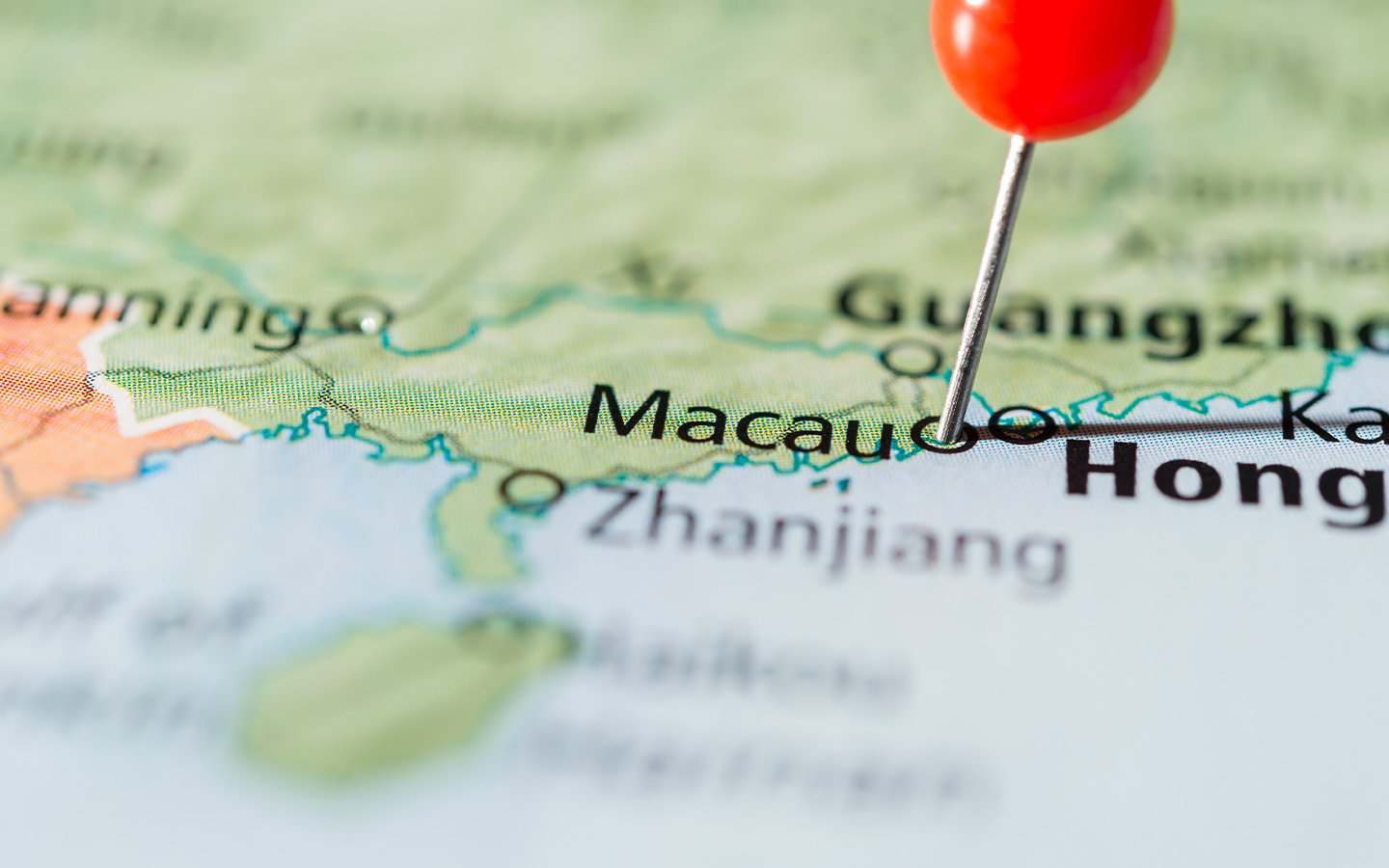The 2024 edition of the Atlas of Macao has been released by the Cartography and Cadastre Bureau, giving readers a chance to better understand the city’s current urban landscape and topography through different means such as traditional and digital maps, satellite images and photos from unmanned aircraft.
According to a government statement, the latest atlas incorporates new elements that were absent in previous editions, including a section that charts the coastline and seaside attractions of Macao, as well as one that analyses the SAR’s public infrastructure across a number of areas such as transport and housing.
With respect to the new coastline pages, the government notes that they “display the latest topographic data of Macao’s coastline and surrounding environment through aerial images and topographic maps captured by unmanned aerial vehicles.”
Technology also plays a key role in the new atlas, as readers can also use QR codes in the book to access 360 degree panoramic images and interactive maps online.
[See more: The internet asked ‘How big is Macao?’ and we answered]
Copies of the Atlas of Macao are now available for purchase for 140 patacas at a number of government departments, including the Cartography and Cadastre Bureau, government services centres, and the General Post Office.
The atlas is also sold at Plaza Cultural Macao, Wan Tat Bookstore and Seng Kwong Bookstore. Online orders can be made as well via the Cartography and Cadastre Bureau’s website.
The latest edition of the Atlas of Macao comes roughly four years after the launch of the previous edition in December 2019. Each edition seeks to add new elements. The 2019 edition, for example, coincided with the 20th anniversary of Macao’s handover to mainland China and celebrated that milestone with overlapping maps that revealed the changes to the city during the past two decades. The 2011 edition distinguished itself by including 3D glasses.
Macao’s geography has changed dramatically over the past one hundred or so years. This transformation has accelerated in recent decades with the territory’s urbanisation and land reclamation projects, which have expanded the city’s landmass from 23.8 square kilometres in 1999 to 33.3 square kilometres as of September 2024.






